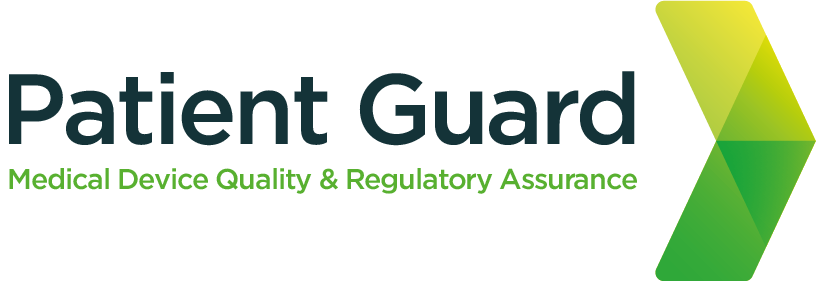QA & QC?
Quality assurance (QA) and quality control (QC) are two important concepts in the medical device industry. Although they are related, there are distinct differences between the two. In this blog post, we will explore the difference between medical device quality assurance and quality control.


What is medical device Quality Assurance?
Medical device quality assurance (QA) is a process of ensuring that medical devices are designed, manufactured, and maintained to meet regulatory requirements and standards. It involves all activities that are undertaken to ensure that the device is safe and effective for its intended use. The goal of QA is to prevent problems before they occur, rather than detecting and correcting them after they have occurred.
QA is a proactive process that involves establishing policies, procedures, and guidelines to ensure that devices meet established standards. It includes activities such as:
- Developing and implementing quality management systems (QMS)
- Conducting audits of manufacturing processes and procedures
- Documenting and tracking issues
- Monitoring product performance and safety
- Training employees on quality requirements and procedures
What is medical device Quality Control?
Medical device quality control (QC) is a process of testing and verifying that medical devices meet established standards. It is a reactive process that involves detecting and correcting problems that occur during the manufacturing process or after the device has been released to the market.
QC activities involve monitoring and testing the device at various stages of the manufacturing process to ensure that it meets established quality standards. QC activities include:
- Inspecting incoming raw materials and components
- Conducting in-process inspections to detect defects and deviations
- Conducting final product inspections to verify compliance with established standards
- Testing devices to ensure that they meet performance and safety requirements
- Documenting and tracking quality-related issues

What is the difference between medical device QA and QC?
The primary difference between medical device QA and QC is the focus of their activities. QA is focused on preventing problems before they occur, while QC is focused on detecting and correcting problems that occur during the manufacturing process or after the device has been released to the market.
QA activities involve establishing policies, procedures, and guidelines to ensure that devices meet established standards. It is a proactive process that aims to prevent problems before they occur. On the other hand, QC activities involve monitoring and testing the device at various stages of the manufacturing process to detect defects and deviations. It is a reactive process that aims to detect and correct problems that occur during the manufacturing process or after the device has been released to the market.
Another difference between QA and QC is the stage at which they occur in the manufacturing process. QA activities occur throughout the entire manufacturing process, from design to production to post-market surveillance. QC activities occur during the manufacturing process, specifically during the production and testing stages.
In conclusion, while medical device quality assurance (QA) and quality control (QC) are related, there are distinct differences between the two. QA is a proactive process that focuses on preventing problems before they occur, while QC is a reactive process that focuses on detecting and correcting problems that occur during the manufacturing process or after the device has been released to the market. By implementing both QA and QC processes, medical device manufacturers can ensure that their products meet established quality standards and regulatory requirements.




